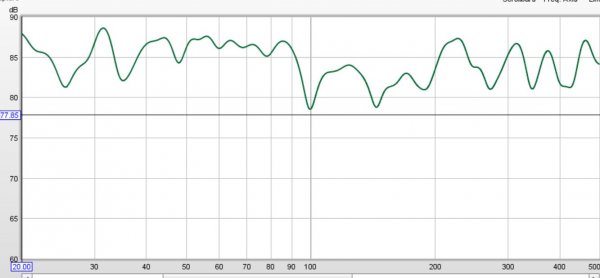The best room i ve heard to date , (im repeating myself lol i ve told it before) .
Was at a dealer who is now out of business in nijmegen
I ll always remember when they were setting up an avalon ascendent on a all levinson system and let it play for a couple hours before the client came , (half a day on the juice.)
I could come in and listen by myself while they knew i didnt have the money then .
It was a trapezium shaped room well isolated but with not that much treatment certainly not overdampned .
When that thick double glass door shut you could feel the music everywhere , it was like the whole room was filled with energy .
No sound would come in totally private relaxed listening
I m gonna measure that room at some time , its now part of a furniture shop.
Might come in handy when i will do some thing myself.
The speakers werent even big, its just a 2.5 system 2 7 inch woofers.
I ve heard the same speakers playing just average in other rooms .
Thats when i knew the room is ......
Ps it was only the door that was glas it had no windows of some sort , plus it could be covered with a curtain.


